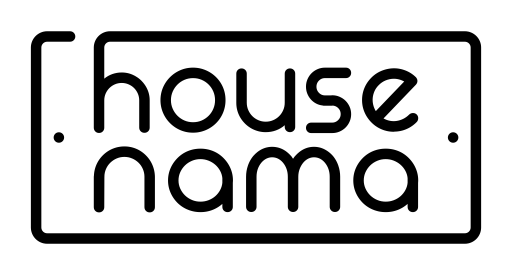This blog was originally written and published by Megha Agarwal for her blog Bhaili.com.
I have learnt a lot by observing other artists’ at work – some in person and others through media. I strongly believe that in this age of Google ad Youtube one can learn anything and everything if one is really determined. There are lots of generous people sharing their knowledge and skill over the Internet.
I used to wonder what makes these wonderful people take so much effort to share their learning? Now I realize that their aim is to help others learn. And that’s exactly why I wanted to write this post – to pass on the help I received when I started painting.
I have completed this Madhubani painting of Radhe-Krishna in a week’s time and taken photographs in each important stage. Madhubani or Mithila is the folk art of Bihar.
Few important points about Madhubani painting for interested readers.
- It’s an intricate art form and takes time to complete a painting. Please don’t be in hurry to finish it. Enjoy the wonderful journey of painting.
- It can be done on a handmade sheet or any thick white sheet – no special papers needed. Just make sure you start painting on the rough side of the sheet. Smooth and shiny surfaces make the colours slip.
- Traditionally, a special nib is used to draw lines with black ink in Madhubani art work, but that requires lot of practice. However, a black marker pen can be used to draw the outline (it’s important that the pen should be water resistant).
- Water-based poster colours are used on paper while acrylic colours are used on fabric. Round tip brushes are used to fill colours.
Painting Procedure
Step 1
I start with sketching the border. The border is an important aspect of a Madhubani painting and it makes the painting look complete. Continuous geometrical designs or nature-inspired motifs can be used. Border can be from ½ inch to 2 inch wide (depending on the size of the canvas you are using). Bigger the canvas wider the border. Here I have drawn a ½ inch border.

Step 2
Conceptualize the layout of the painting. Start with the main character and fill the remaining space later. Here, I have sketched Radha-Krishna first and then made the tree, abstract peacock and fish in the given order. The idea is that abstract patterns should support the main theme. Since its Radha-Krishna, adding peacock and fish made sense. Peacock is the symbol of romance and fish stands for fertility, good luck and devotion.

Step 3
Repeated patterns are made to add detailing as you can see in tree trunk or in the way leaves are filled. There is no fixed rule to it and any pattern that blends well with the theme can be used. The border looked a little too simple so I added further detailing to it. As you must have understood no space is left blank and it should be filled with detailing.

Since in this painting we are following Bharni style, we fill the painting with vibrant colours. While in Kachni style it’s mostly black and white with minimum use of colours. I am biased towards Bharni style as it is more colourful and bright.
Step 4
While filling the colours, first decide the background colour and then choose the foreground colours. When background colour creates contrast with the foreground colours, it makes the painting more appealing. Choice of colours is very crucial. So, get yourself familiarized with the colour-wheel to know more about colour combinations.

Step 5
Once done with the background colour, I infuse bright colours in the foreground. When in doubt, start with adding obvious colours. Like tree trunk will be brown and leaves will be green, skin tone of Radha and Krishna, peacock will again be in shade of blue. After this it will be easy to visualize and choose other colours.

Step 6
You can leave the background as filled with single colour but Madhubani painting is all about intricate patterns. So I add repeated pattern with black colour (shown below) and fine tip round brush all over the background.

The painting is complete and ready to be framed. Decorate your home or your workplace or you can even gift it to someone.


